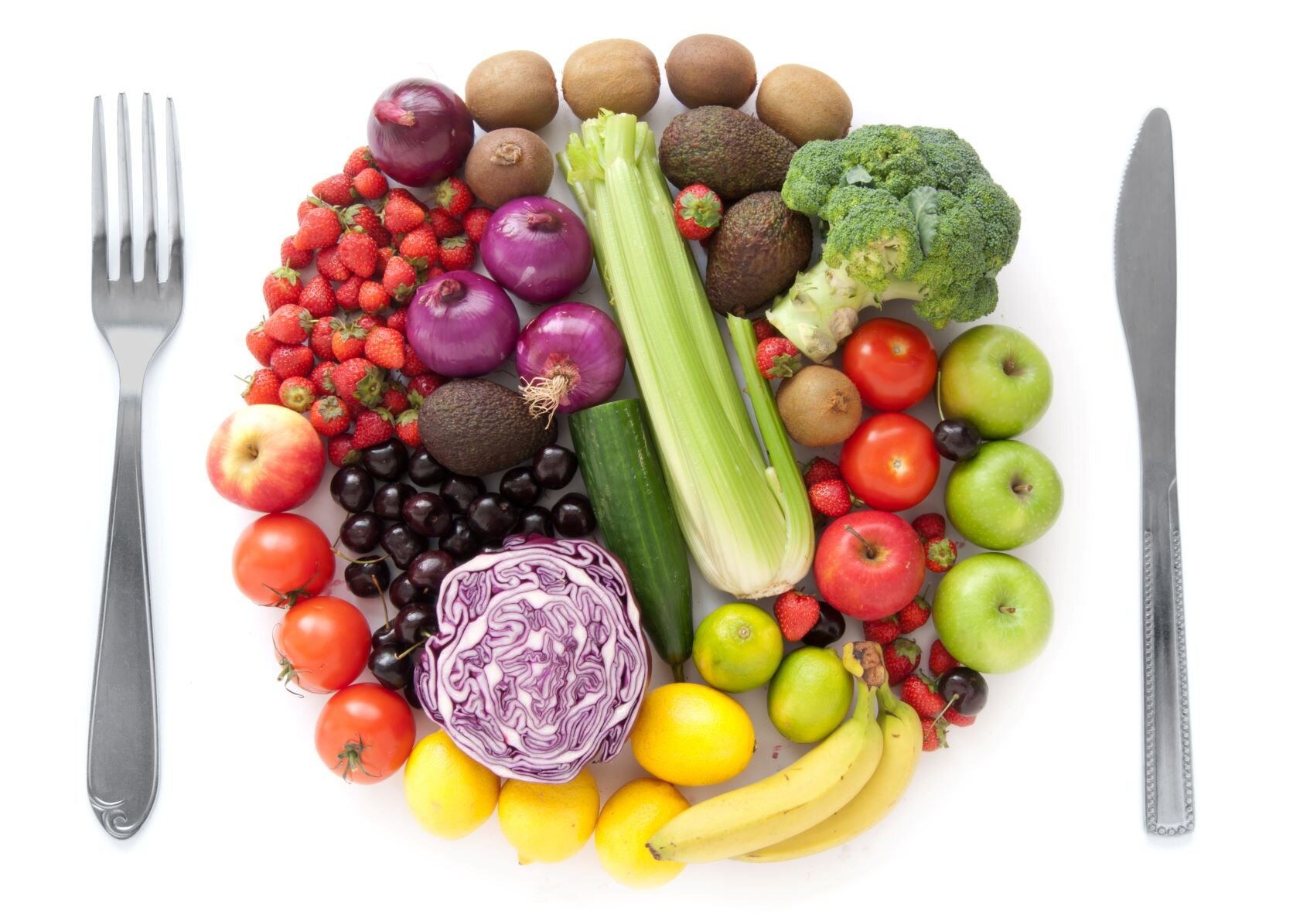How to Master Nutrition Basics
By Lizzie Streit, MS, RDN, LD
“Eat your veggies,” “drink more water,” and “go for whole grains” are commonplace recommendations given by dietitians and top nutrition organizations. You’ve probably heard them countless times over the years!
But sometimes, nutrition advice is easier said than done, and putting tips into practice can be complicated by busy schedules, stress, and limited budgets.
So, how can you implement nutrition basics in a way that works for you? The tips in this post can help you master tried-and-true nutrition advice so that you can get and stay healthy!
Tips for Implementing Nutrition Advice
To be successful with changes to your diet, make sure you don’t bite off more than you can chew (pun intended)! Making gradual changes that you build on over time is vital to sustained success. To start, pick one or two tips from the following list and go from there.
1 - Eat more vegetables and fruits.
Instead of trying to reinvent every recipe you make, think of ways you can simply add fruits and veggies to meals you already enjoy. Add pumpkin to tomato sauce, mix shredded zucchini and frozen berries into oatmeal, throw a handful of cauliflower into a smoothie, or mix spinach into eggs.
Once you start thinking about eating more vegetables and fruits in these ways, it will get easier to increase your intake and become a master of adding them to your diet!
2 – Opt for whole grains.
To eat more whole grains and fewer refined carbohydrates (think: pizzas, breads, and pastas made with white flour), start by subbing a whole grain for the grains you already eat.
Making pasta? Opt for 100% whole grain instead of plain spaghetti, or mix them together to start. If you usually prep white rice or bread to serve with dinner, cook up a batch of quinoa, farro, or brown rice instead. You can cook whole grains in bulk and freeze them for later too!
3 – Embrace healthy fats.
It’s easy to rely on butter and vegetable oil in your cooking, or to overeat saturated and trans fats from fast food and takeout meals. But incorporating more unsaturated fats, like olive oil, nuts and seeds, and omega-3 fatty acids from fish, can be easy too!
Start by switching your cooking oil from vegetable to olive or avocado oil. Then, make it a goal to have at least one meal with fish per week. Put “fish night” on your calendar every week and browse Pinterest or Google for easy recipes.
Finally, shop the sales for nuts or seeds, so that you always have them in your pantry to add to your morning snack or throw on a salad.
4 – Limit added sugar intake.
To become a master of identifying and limiting added sugar in your diet, start by paying attention to food labels. If you consume a lot of store-bought condiments or sauces, check the ingredients list on the label for added sugar and choose a lower sugar option. Remember: the closer to the beginning of the ingredients list that sugar (or corn syrup, etc) appears, the more of it there is in the food item. Look for foods that have no added sugar listed, or that show it close to the end of the ingredients list. Over time, experiment with making these items from scratch so that you can control the ingredients.
Some other ways to reduce sugar include substituting La Croix or water with fresh fruit for sugary beverages, adding frozen fruit instead of sugar to your oatmeal, and eating balanced meals with plenty of protein to reduce cravings.
5 – Use more herbs and spices instead of salt.
Most Americans eat too much sodium, primarily from packaged and restaurant foods. But if you start to cook more at home or get Healthy For Life Meals, you can significantly cut back on your sodium intake. Even reducing the number of times you eat out per week by one night can make a big difference.
A great way to start preparing lower sodium meals is to experiment with herbs and spices. Check out our amazing guide to seasonings to help you incorporate them into easy recipes.
Note from Healthy For Life Meals: Are you working on mastering nutrition basics, but want some help? That’s where we come in. Choose one of our delicious, healthy meal plans today.

